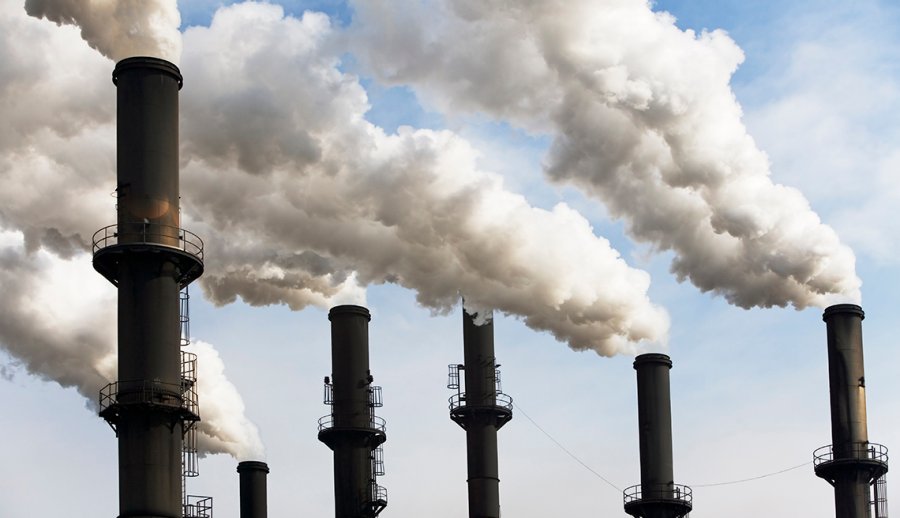Reduction of economic activities during the pandemic-related lockdown had resulted in a decrease in air pollution in most parts of India, but satellite observations show that parts of central-western India and north India showed an increase in pollution in contrast to the general trend.
Scientists have identified that regions in the central-western part of India and north India are prone to higher air pollution exposure based on state-of-the-art satellite observations and hence are exposed to a greater risk of respiratory problems.
Multi-satellite remote sensing of air pollutants has evolved dramatically over the last decade. Synergic measurements of satellite and in-situ observation provide a more comprehensive understanding of air pollution episodes. In 2020, a complete nationwide lockdown was imposed over India to impede the spread of coronavirus disease. This enormously disrupted the economy with a single positive side effect, a short-term improvement in the air quality near the surface.
The satellite-based observation of toxic trace gases, — ozone, NO2, and carbon monoxide near the surface and in the free troposphere mostly showed a reduction of the pollutants over India. However, over some regions like western – central India, some parts of Northern India, and Remote Himalaya, an increase of ozone and other toxic gases was observed. This could have aggravated respiratory health risks around those regions during the pandemic.
Scientists at the Aryabhatta Research Institute of Observational Sciences (ARIES), an autonomous institute under the Department of Science & Technology (DST), utilized the EUMETSAT and NASA satellite observations for the years 2018, 2019, and 2020, and investigated the influence of significant cutoff of anthropogenic activities on the changes in the vertical and columnar distribution of ozone, CO, and NO2 during the lockdown period.
In the study published in ‘Environmental Science and Pollution Research’ led by Mr Prajjwal Rawat, a senior research fellow at ARIES Nainital, along with his research supervisor Dr Manish Naja, showed that ozone, carbon monoxide, and NO2 showed an increase of about 15% over the central-western part of India.
According to the results, carbon monoxide showed a consistent increase (as high as 31%) of concentration at higher heights during the lockdown. The long-range transport and downward transport from the stratosphere significantly increased ozone concentrations over north India during the lockdown, and remote regions like the Himalayas and coastal cities showed the bare minimum influence of lockdown in air quality, with a tendency to increase in criteria air pollutants.
The ARIES team explains ozone production and loss are constrained through the complex photochemistry involving its precursor gases like NOx and VOCs. A decrease in its precursor gases could also lead to the enhancement of ozone, depending upon the chemical environment. Moreover, ozone concentrations are also altered via ambient meteorology and dynamics, including the downward transport of ozone-rich air from the stratosphere to the troposphere.
According to the ARIES team, this study helped to identify the regions prone to higher air pollution exposure hence can identify areas at a greater health risk.












